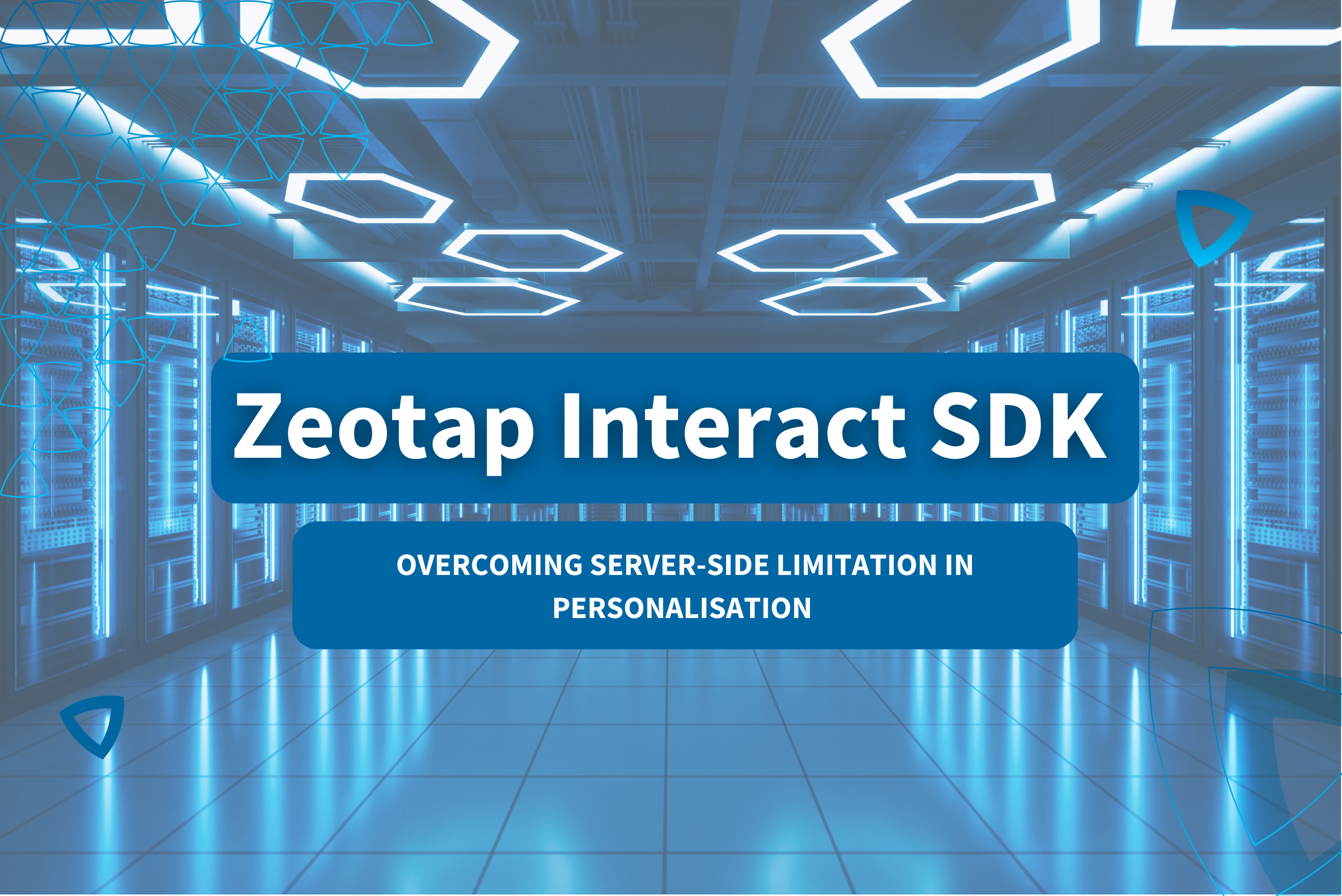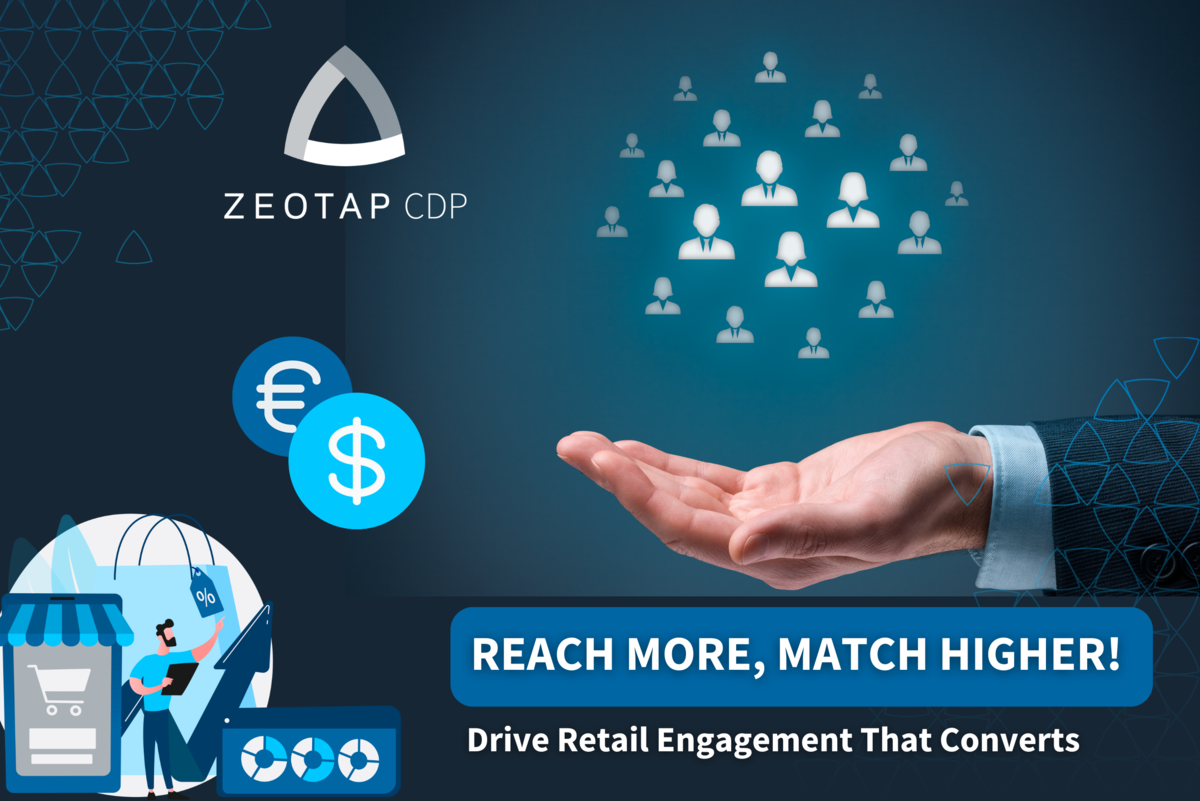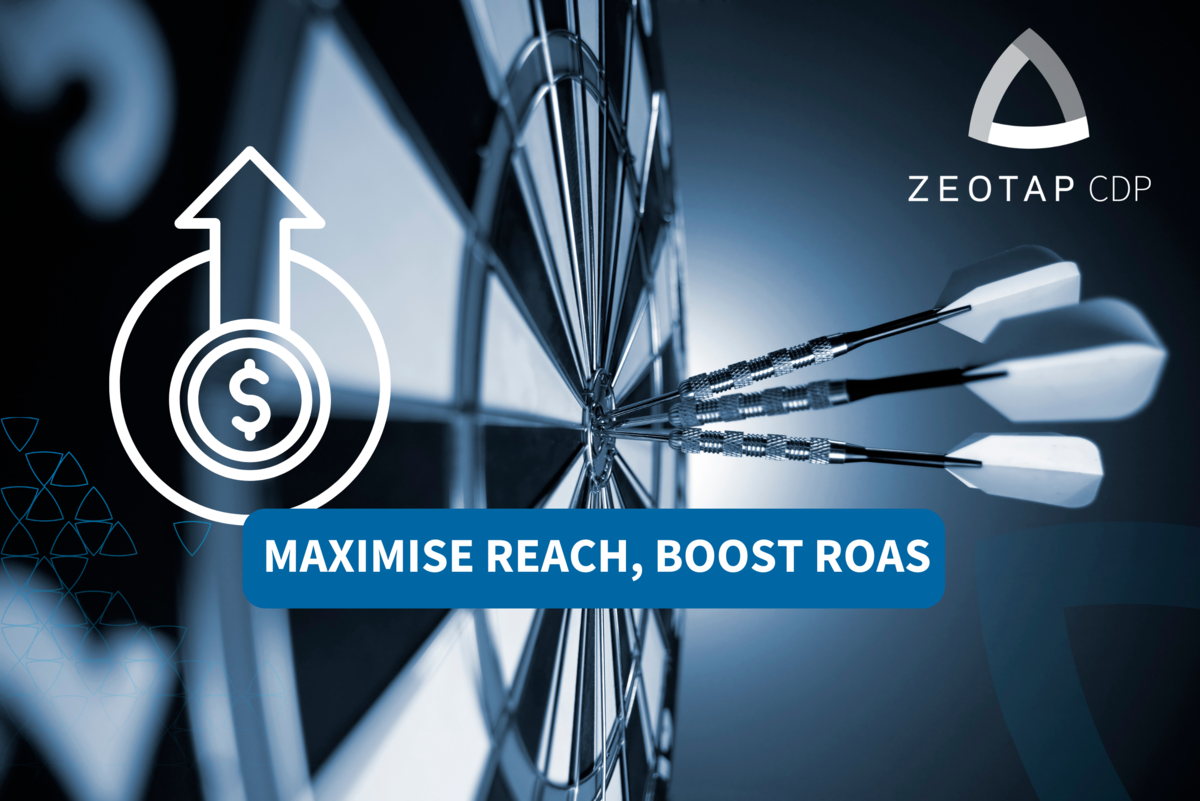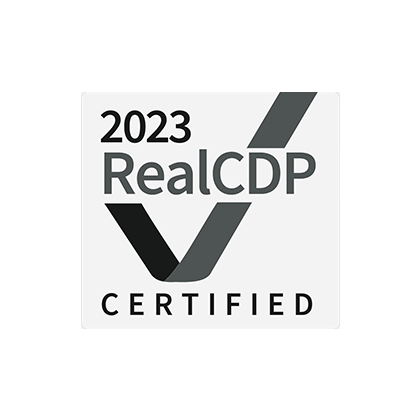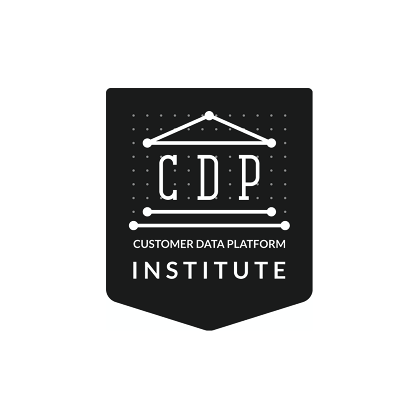As you’ve probably already heard, the cookieless future has been delayed. If that sentence means nothing to you, here’s a short translation: Google had planned to phase out third-party cookies at the start of 2022, heralding the so-called the ‘cookieless future’, but in late June 2021 suddenly decided to push back the deprecation timeline by nearly two years – to the end of 2023.
This curveball sent shockwaves throughout the adtech and martech industries, who had spent the best part of two years preparing for the cookieless future. So the question is, ‘what do you do now that the deadline has been pushed back’?
In this article, we’ll unpack what these extra two years mean for you as a marketer, hopefully helping you make the best of this new timeline. We also recently talked through this at MADFest London, so if you’d rather just watch the video, skip to the end of the post!
Why should I care about the cookieless future?
As a marketer, you no doubt have hundreds of competing priorities – and each of them urgent, and probably with an immediate impact on revenue. So you’d be forgiven for wondering why you should worry about something that’s over two years away – but you should reconsider, and here’s why.
The disappearance of third-party cookies turns the world of digital advertising upside-down. Their deprecation means that serving digital ads, retargeting and tracking cross-domain are almost completely stopped in their tracks.
If your activity relies on any of these three elements in any measure, think about what your results and revenue would look like if they disappeared overnight – because that’s kind of what’s about to happen.
The cookieless future is in 2023 – surely I can wait?
Before you consider kicking the can down the road and saving your cookieless world preparations until much later, there’s one thing you should consider: even Google needed an extension on the deadline. The deadline that they set themselves.
If Google, with its near-infinite resources, realised that preparing for the cookieless future was going to need not just another six months but another two years, then alarm bells should ring for the rest of us with slightly more humble roots. This means that the delay in the cookieless future shouldn’t be viewed as a reason to procrastinate, instead more as a warning that every minute will count in making sure that you’re ready.
How to prepare for a cookieless future
So, what do you do? Here are our four top pieces of advice, based on helping marketers all over the world – from the likes of Virgin Media to Heineken – prepare for the cookieless world.
1. Build your first-party data asset
When one kind of data disappears, the smartest thing to do is slightly obvious: get it from somewhere else. When it comes to the cookieless future, that third-party data needs to be replaced with first-party data.
What is first-party data? That’s the data that you collect directly from your existing customers or prospects. Good examples included newsletter subscriptions and purchase histories, and you could also include behavioral data from your website or app as part of this.
With a well-organised first-party data asset, you have the ability to create a single customer view of a customer’s attributes and actions, helping you create more accurate segments and resolve their identity across their multiple devices and identifiers. All that adds up to a better ability to target effectively across your various marketing channels.
However, this is a little easier said than done – to do it, you’ll need a Customer Data Platform that ingests data from multiple sources, unifies it and then allows you to action it (such as creating segments and pushing those segments to other tools in your marketing stack). Next-generation ones of these, such as Zeotap’s Customer Data Platform, can help you do so while keeping data privacy and compliance locked down. Speaking of which…
2. Take stock of consent
As you navigate the cookieless future and begin to build up a first-party data asset of your own, you need to remember exactly why third-party cookies were being taken away in the first place: because they damaged consumer trust.
Third-party cookies created the impression of being ‘followed’ through the internet, and made the lines of consumer control over their data blurry. All of that added up to a breakdown in trust between consumers, advertisers and publishers – and that’s why cookies are going away. That means that whatever approach you take in a cookieless future, you need to ensure that you don’t make the same mistake again.
In practice, that means ensuring that in the data you collect and use going forward you need to ensure that you’re capturing and reflecting consumer consent. However, this is a similar story to our previous point about unifying first-party data itself – it’s easier said than done. After all, consent for an individual user can be captured in a number of different places – for example, when they sign up to a newsletter or when they create an account – in order to be on top of it, you need to unify these different sources.
At the other end of the spectrum is the challenge of how consent is reflected when you come to executing on that data. Setting up safeguards so that you can easily ensure that data is only being used on the appropriate channels and for the appropriate reason can often require a Data Protection Officer (DPO) to give oversight every time you set up a campaign – which poses huge challenges of scale.
There are two necessary steps to overcome these challenges. First of all, audit your consent capture processes much as you likely did when GDPR came into force a few years ago – investing in Consent Management Platforms (CMPs) are a worthwhile investment in this. Secondly, explore how consent mastering and consent orchestration is done in your data management processes – a good CDP should have this baked in.
3. Explore the cookieless world of addressability
First-party data is a big part of the cookieless future, but it’s not the whole picture. In the absence of third-party cookies, a whole host of different targeting methods are springing up to fill the void – and you now have two years to find out which ones will work for you.
The full list of all of these – and their respective pros and cons – is an encyclopedia unto itself, but here’s a quick primer of the kind of things to look out for:
- Contextual targeting. Yes, it’s making quite the comeback. This is the practice of advertising on a website that is relevant to the interests or characteristics of your audience.
- Cohort-based. If you’ve heard acronyms like FLoC (Federated Learning of Cohorts), then this is what they’re referring to – this basically targets people with similar browsing habits (in theory protecting their anonymity while providing advertisers with accuracy)
- Probabilistic. This is also referred to as ‘fingerprinting’, essentially using a user’s metadata in order to build a targetable profile.
- Authenticated users. If you’ve heard of ‘Universal Identifiers’, then this is the same thing – these are ‘premium’ audiences because they’ve readily authenticated themselves on a publisher’s website.
- The walled gardens. Facebook, Snapchat and their kind. You know the drill.
As you can see already, this is a landscape that has suddenly become much more complex. Understanding it is one thing, testing is quite another – now’s the time to ensure you have the resource and the budget to try them out and create a new toolset that will guide your campaigns into the cookieless future.
4. Vet solutions for European suitability
With the delay to the cookieless future, the elephant in the room was Europe. Keen followers of the developments may remember that back in March 2021, Google suddenly announced that it was putting origin testing of FLoC on hold in Europe. This was when alarm bells started to ring.
FLoC (Federated Learning of Cohorts) is Google’s proposed alternative to third-party cookies, and it was widely interpreted that the reason that testing was suspended in Europe was because of the concerns around GDPR and the ePrivacy Directive. While many were unsurprised, it was proof positive of a wider problem: most adtech and martech solutions are created in North America and are ill-prepared for the harsher privacy and security regulations seen in Europe.
For any marketers based in – or operating in – Europe, take this as an important lesson in your preparation for the cookieless future. Don’t assume that the solutions being promised are up to scratch for Europe – make sure you ask the right questions and have your Data Protection Officer on standby to dig deeper.
Conclusions
The countdown is happening in earnest – lest we forget, third-party cookies have already disappeared on Safari and Firefox, so technically the cookieless future is already here!
As a marketer, this means that there’s not a minute to waste in getting ready for the new world of digital marketing. Not only does this involve building up a solid, consented first-party data asset, but it involves assembling a whole new suite of addressability solutions where previously there was just one (third-party cookies).
To that end, it’s best to continue preparation in earnest. And if you need help, you know where to find us.
